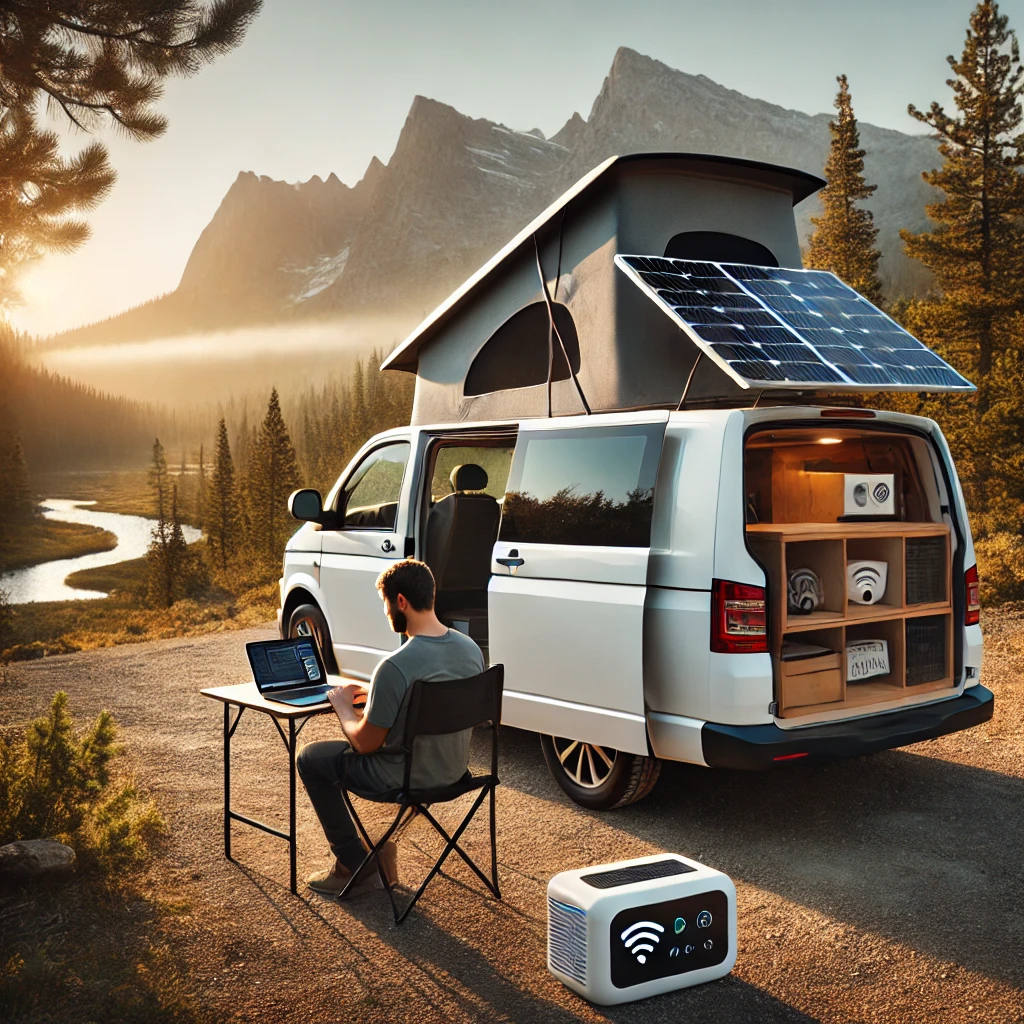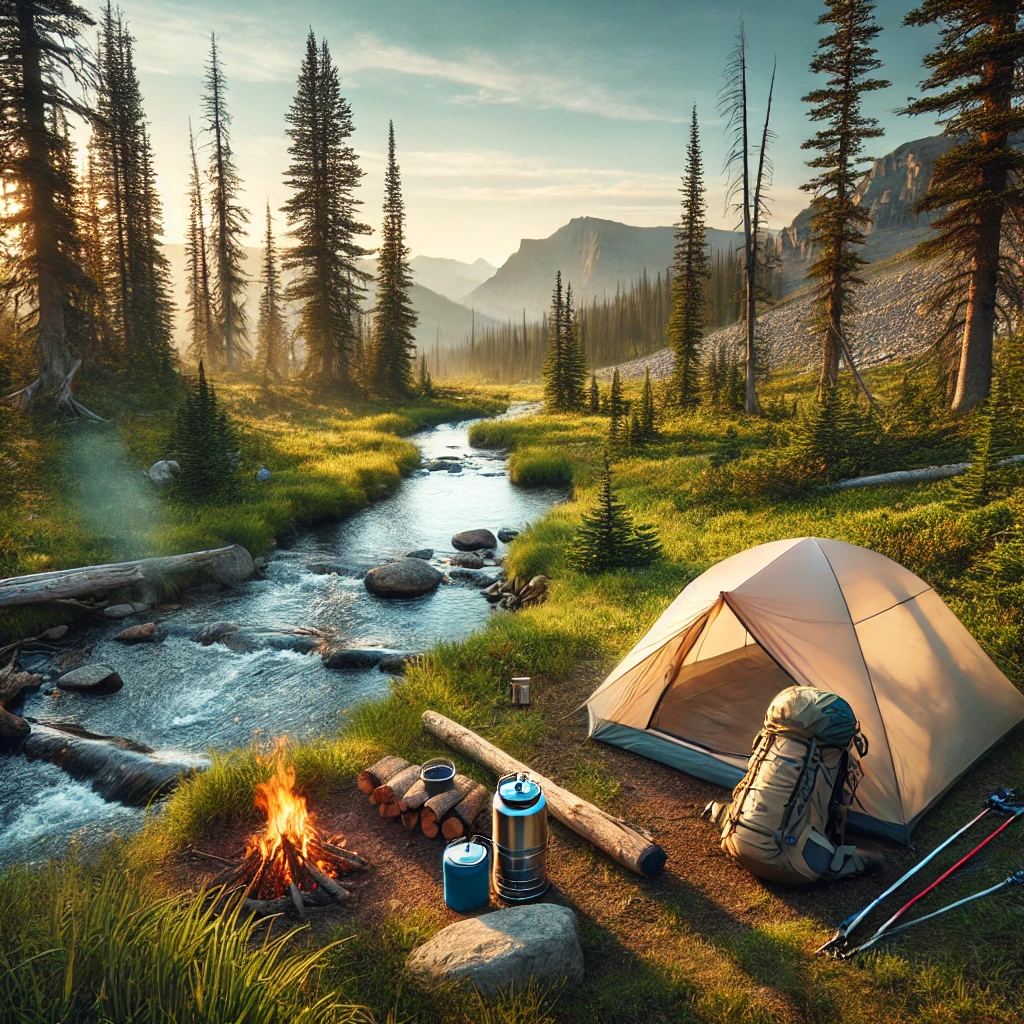
Embarking on a backcountry camping trip offers an unparalleled opportunity to connect with nature in its most untouched form. Whether you’re a novice or an experienced adventurer, understanding the key aspects of planning and executing your trip is essential. Here are seven essential tips to ensure your backcountry camping trip is safe, enjoyable, and memorable.
1. Choosing the Right Location

Choosing the perfect spot is crucial for a successful backcountry camping trip. Research different wilderness areas, and consider factors like accessibility, terrain, and weather. Websites like REI Adventures offer detailed information on various locations, including the difficulty level of trails and the type of scenery you can expect. <!– Image of a remote backcountry campsite –>
2. Securing Permits
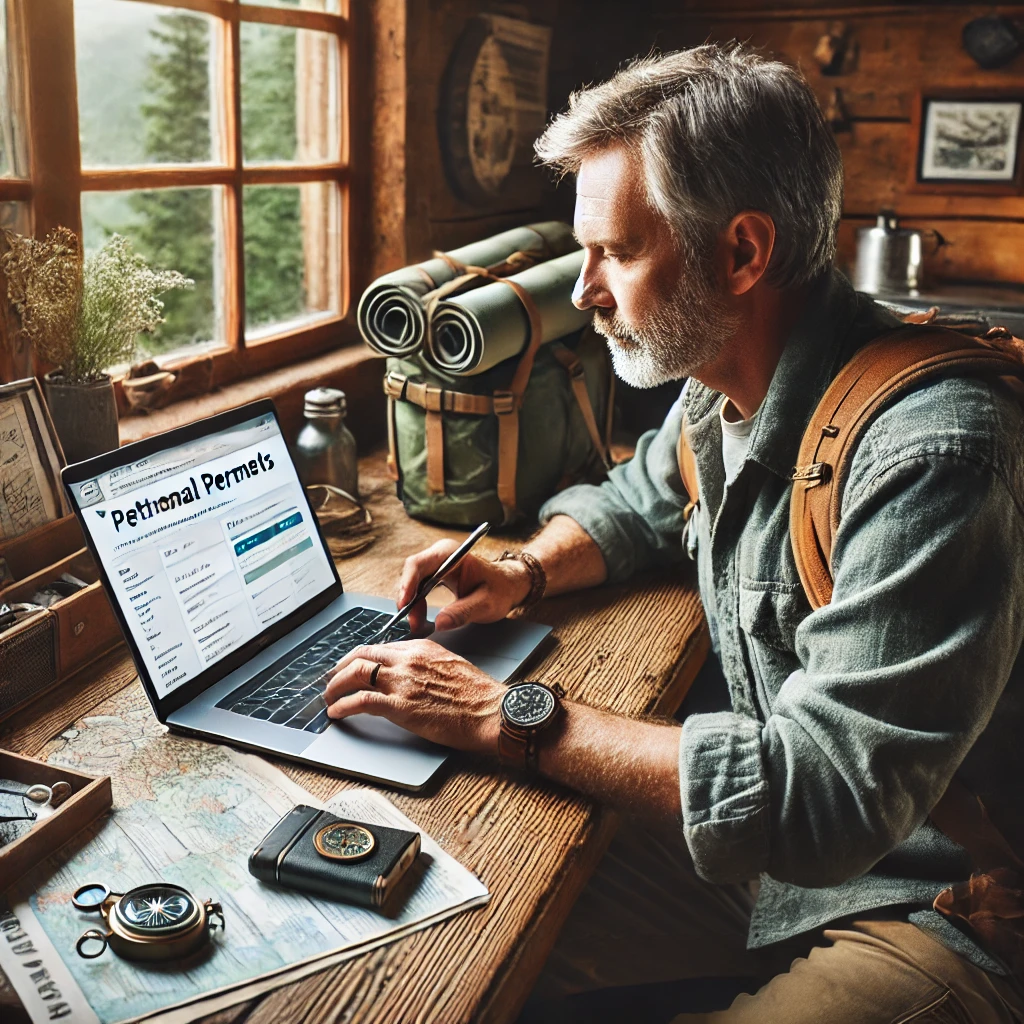
Many popular backcountry camping spots require permits. These permits help protect the natural environment by limiting the number of visitors and ensuring that everyone follows the rules. For more details on obtaining permits, check out Backpacking 101 – How to Plan and Outfit a Trip.
3. Packing the Right Gear
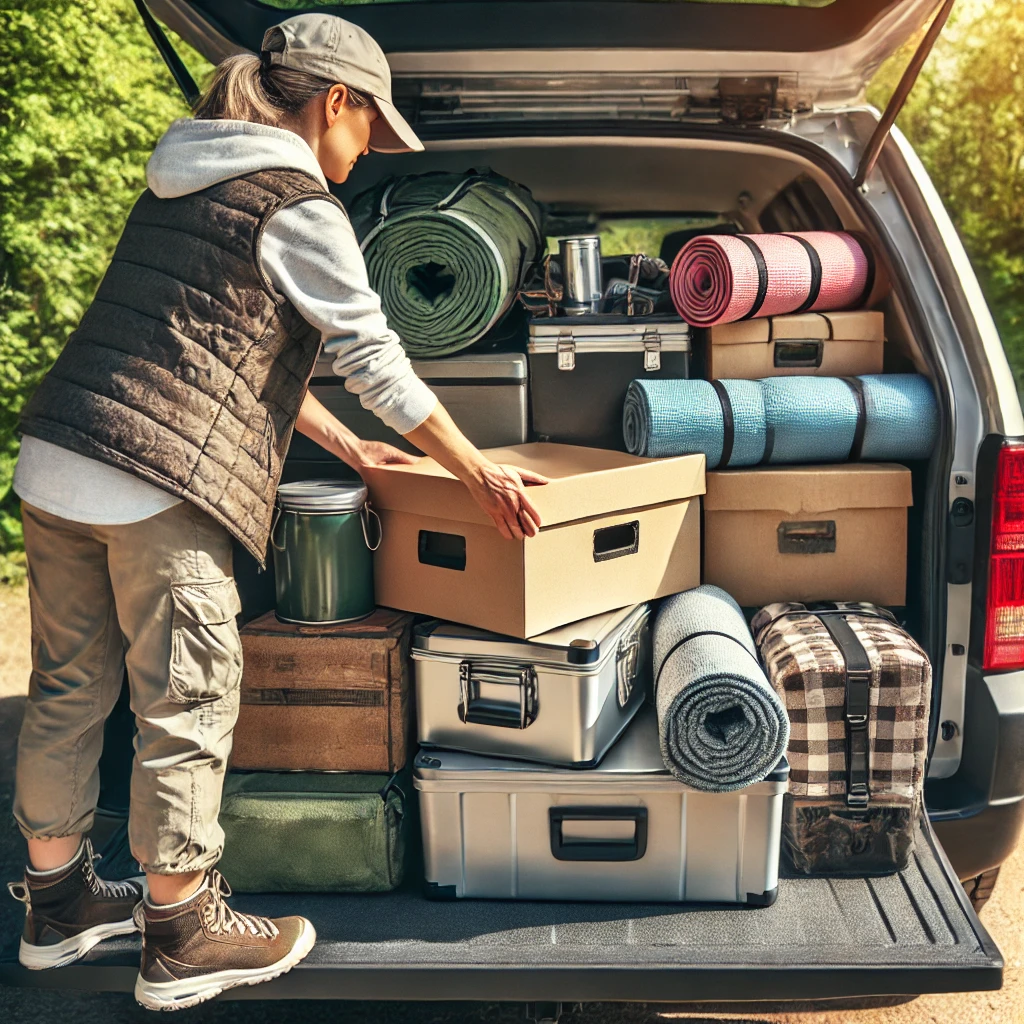
Packing is one of the most critical aspects of backcountry camping. You need to balance carrying enough gear to stay safe and comfortable while keeping your pack as light as possible. Essentials include a lightweight tent, a sleeping bag appropriate for the weather, and a reliable water filtration system. Backpacking Tips for Beginners is a great resource for building your gear list. <!– Image showcasing packed gear ready for backcountry camping –>
4. Understanding Fitness Requirements
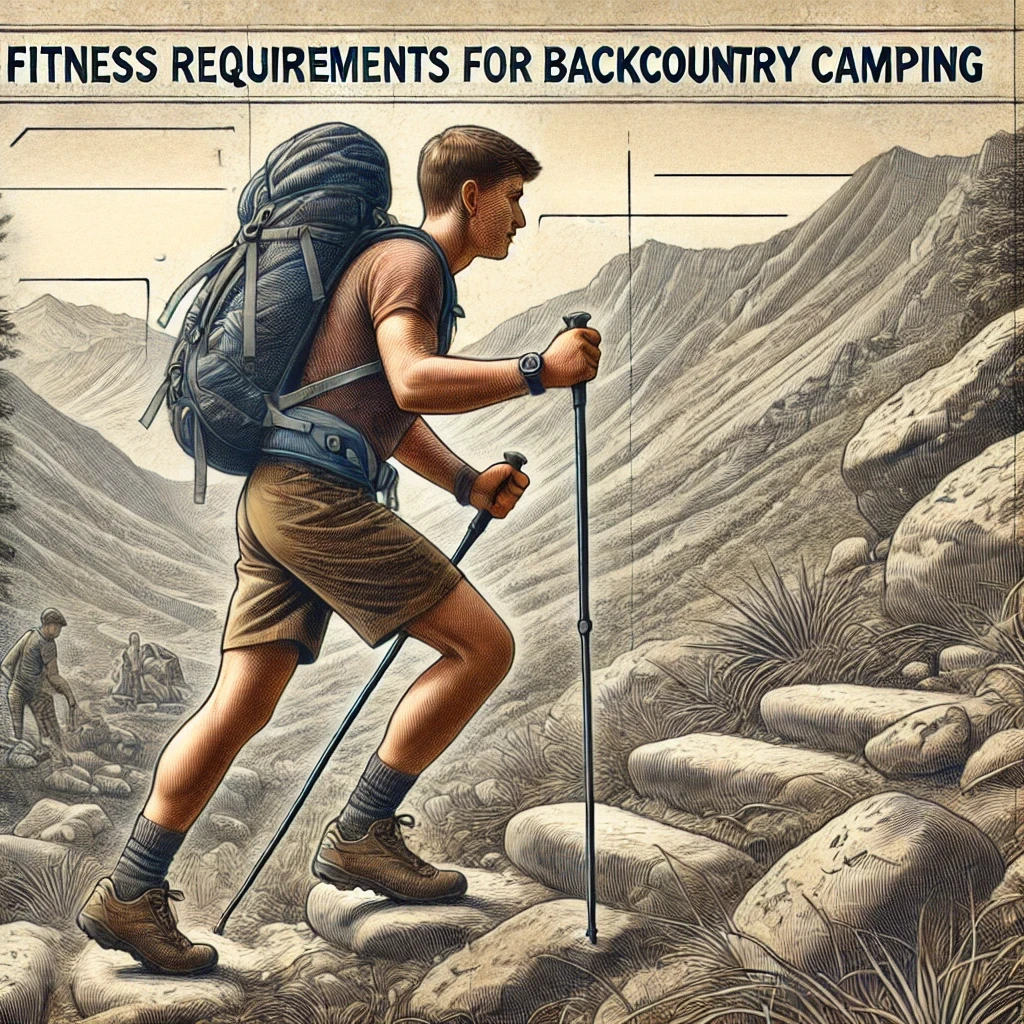
Backcountry camping often involves long hikes and rugged terrain, so physical fitness is important. Start with shorter, less demanding trips to build up your stamina. Resources like Outward Bound’s Beginner’s Guide can help you assess your fitness level and prepare for the demands of backcountry camping.
5. Trail Selection and Navigation
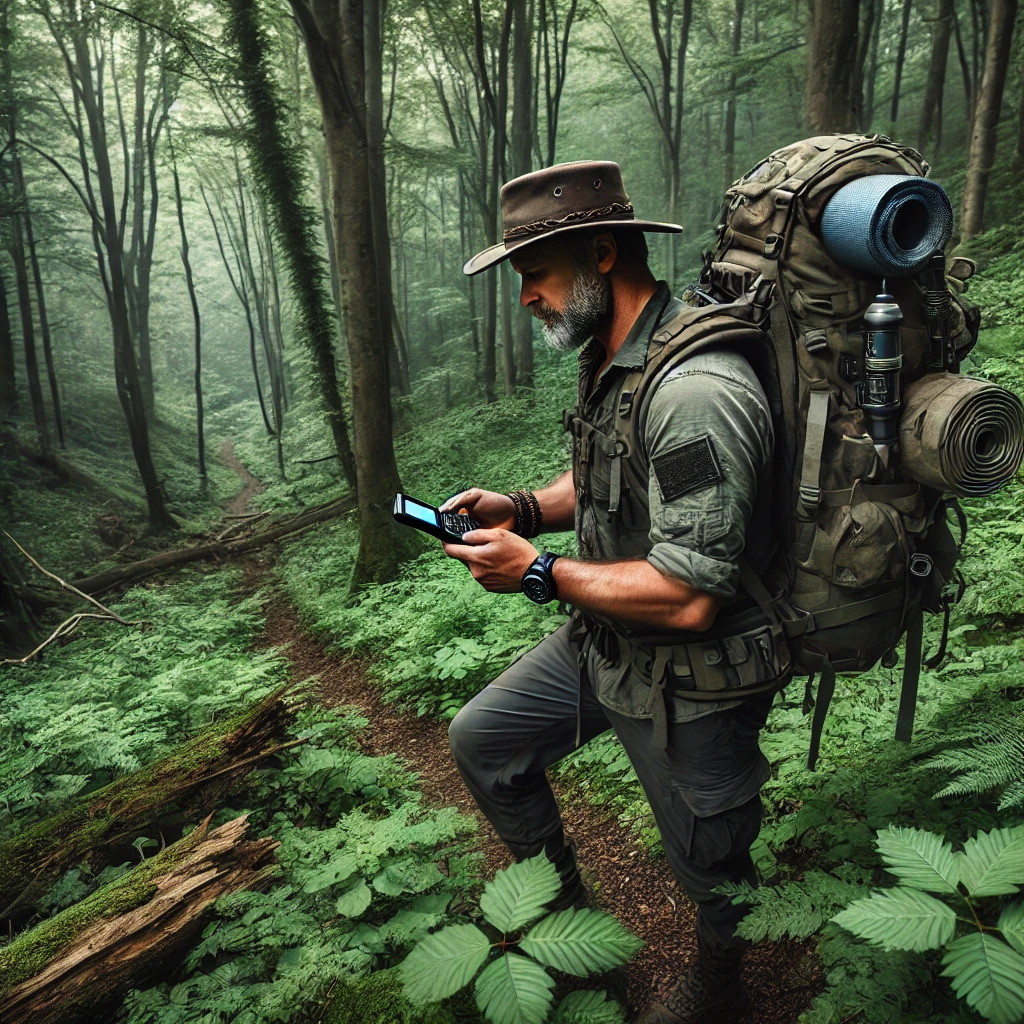
Selecting the right trail is essential for a successful trip. Choose a trail that matches your experience level and research the route thoroughly. Websites like Great Smoky Mountains National Park offer maps and detailed trail descriptions to help you plan your journey.
6. Backcountry Safety Practices

Safety should always be a priority. Carry a first aid kit, know basic wilderness first aid, and always inform someone of your plans before you head out. Learn about potential hazards in the area, such as wildlife or weather conditions, and prepare accordingly. Renee Roaming’s blog offers valuable safety tips.
7. Leave No Trace Principles
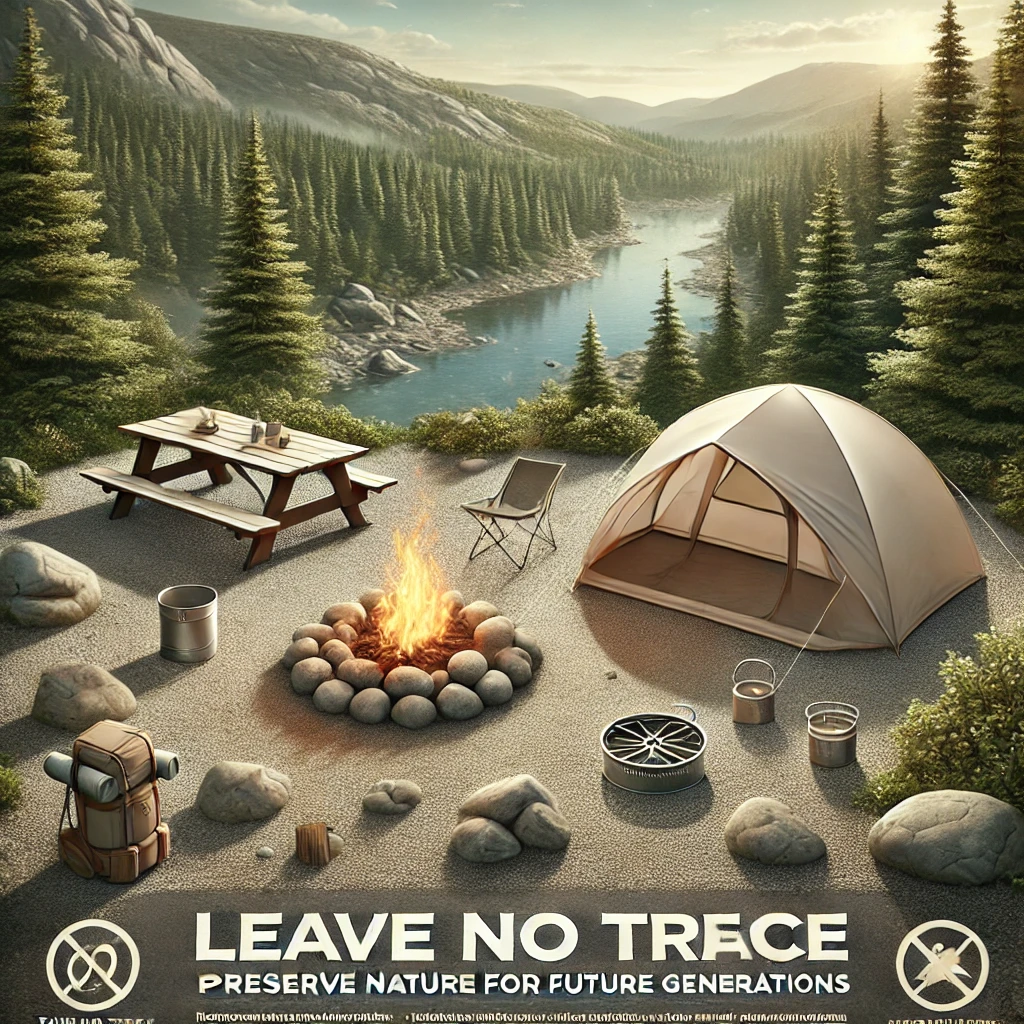
Following Leave No Trace principles is essential for preserving the natural beauty of the wilderness. This means packing out all your trash, minimizing campfire impacts, and respecting wildlife. For more detailed guidelines, Check out out Leave-No-Trace Guide.
By following these tips, you’ll be well-prepared for your ultimate backcountry camping trip. Remember, preparation is key to enjoying the beauty and solitude of the wilderness while staying safe and respecting nature.
Helpful Items for Your Backcountry Camping Trip
Here are some essential items that will make your backcountry camping experience safer and more enjoyable. You can find all of these on Amazon:
- Lightweight Tent: MSR Hubba Hubba NX 2-Person Tent – This tent is easy to set up, durable, and provides great protection from the elements.
- Sleeping Bag: Therm-a-Rest Questar 20F/-6C Ultralight Down Sleeping Bag – A versatile sleeping bag that’s warm, lightweight, and packs down small.
- Portable Stove: MSR PocketRocket 2 Ultralight Backpacking Stove – This compact stove is perfect for backcountry cooking and boils water quickly.
- Water Purifier: Sawyer Products Mini Water Filtration System – A reliable and lightweight water filtration system that’s easy to use.
- First Aid Kit: Adventure Medical Kits Ultralight/Watertight .5 – Compact and waterproof, this kit is perfect for backcountry emergencies.
- Bear Canister: Tough Bison Bear Bag – Essential for storing food safely in bear country.
Happy Trails!
Backcountry camping is a rewarding and enriching experience that allows you to truly disconnect and immerse yourself in nature. By planning carefully, packing smart, and respecting the environment, you’ll be well on your way to a successful adventure. Remember, it’s all about enjoying the journey and learning as you go. Happy camping, and don’t forget to visit the home page of Chillax Outdoors for more tips, gear recommendations, and outdoor inspiration!


